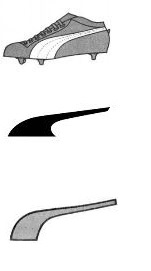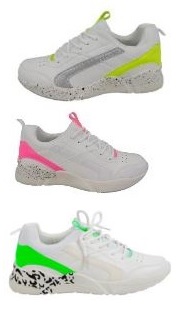Trademark agency Abcor - protect your trademark
Contact
If you have questions or want to know more about our services?Please mail: info@abcor-ip.com
Please call: 31 (0)71 576 3116
The company, Royal Dutch Holding, is an investment company mainly active in North Africa and the Middle East. The Royal predicate has not been granted to this company. According to Dutch tradename law it is forbidden to use a misleading tradename. It is obvious, that the Dutch word ‘Koninlijke’ for Royal would be misleading if the title is not granted. The same goes for its English translation, Royal, because the use of English is quite common in the Netherlands. The company is therefore condemned to refrain from using the names Royal or Royal Dutch, accompanied with a penalty of 1000,- per day in case of violation.
tradenames
